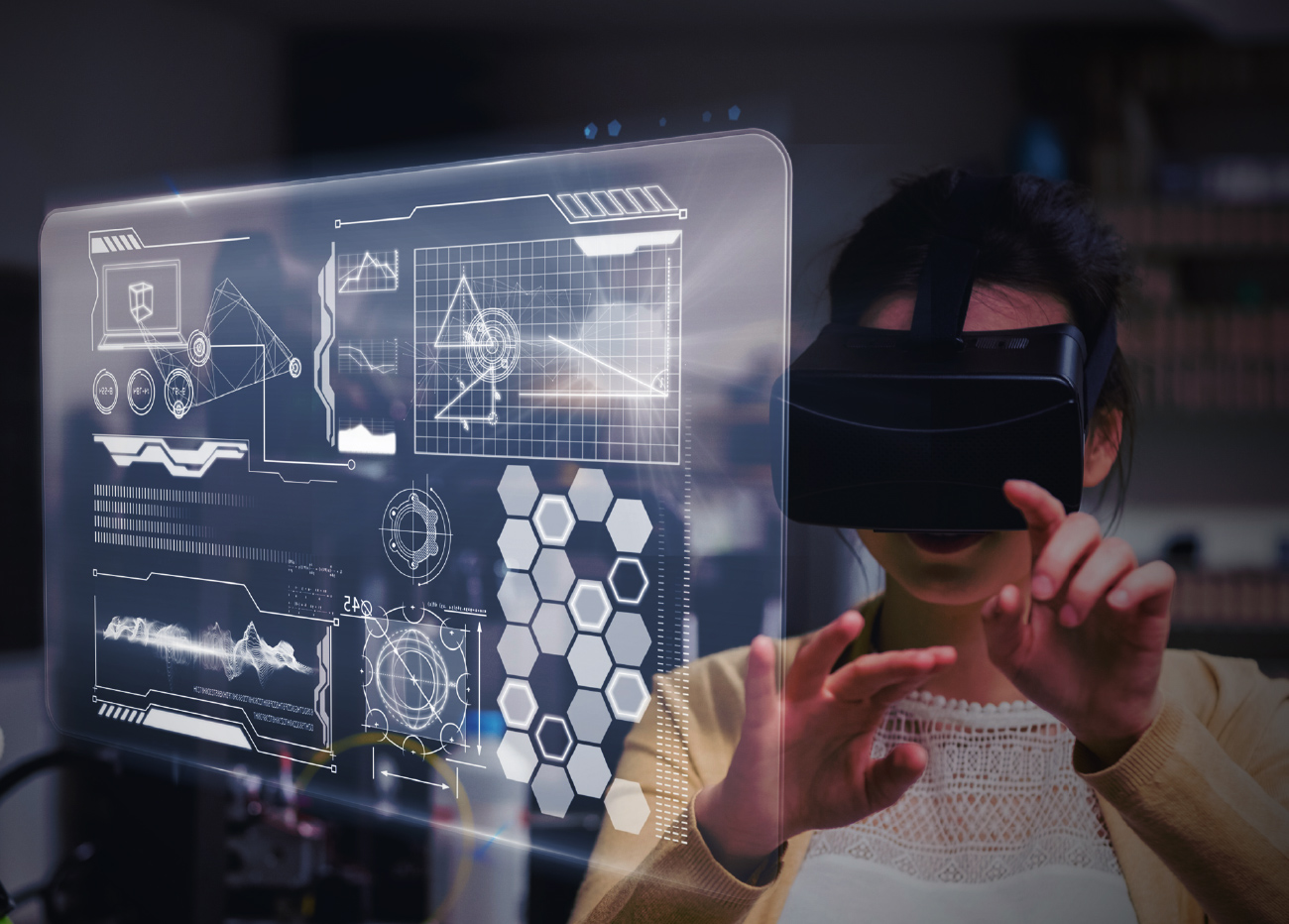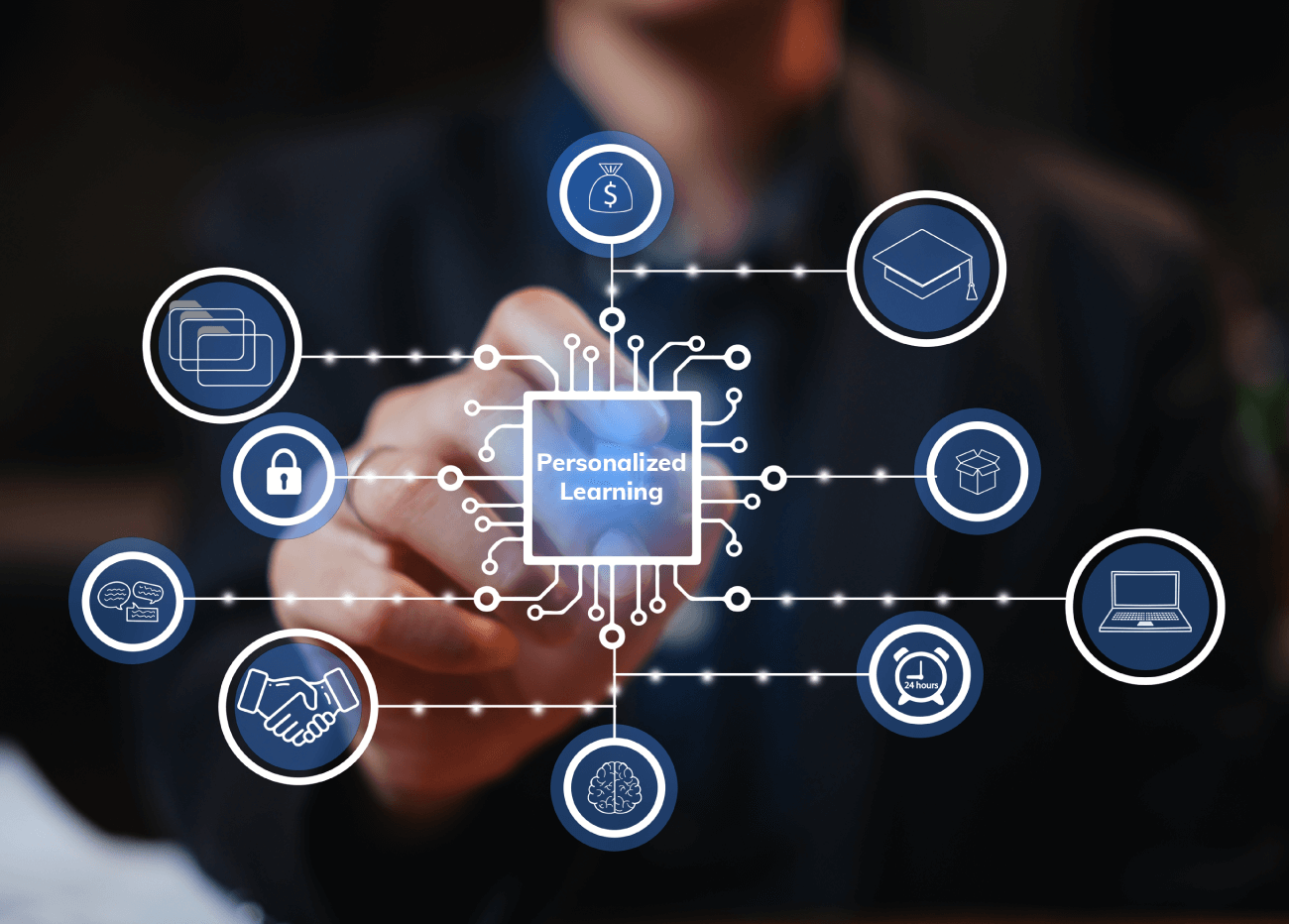The Rise of Microlearning: Why Higher Education Institutions are Adopting It
The lecture halls of yesterday—static, hour-long sessions dominated by monologues—are increasingly at odds with today’s learners. In a world where smartphones command attention spans and industries evolve at breakneck speed, higher education faces a pivotal question: How can it stay relevant? Enter microlearning—a nimble, learner-centric approach that is redefining pedagogy for the digital age.
Gone are the days when learning was confined to textbooks and rigid syllabi. Modern students, especially digital natives, crave instant access to knowledge that fits seamlessly into their multitasking lives. Meanwhile, employers demand graduates who can adapt to emerging technologies and trends, pushing universities to rethink traditional models. Microlearning, with its bite-sized, focused content, has emerged as a bridge between academia’s legacy and tomorrow’s needs.
This blog unpacks why institutions worldwide are racing to adopt microlearning. We’ll explore how 5-minute modules are outperforming hour-long lectures, why mobile-first microlearning aligns with equity goals, and how platforms like Coursera and LinkedIn Learning are reshaping credentialing. Beyond the hype, we’ll delve into the neuroscience validating its effectiveness and address the challenges of integrating microlearning into curricula built for a different era.
By the end, you’ll understand why microlearning isn’t a fad—it’s the future of education, one byte at a time.
What is Microlearning? Types, Structure, and Learning Experience
Microlearning delivers content in concise, focused segments (5–15 minutes) designed to meet specific learning objectives. Unlike traditional lectures, it leverages multimedia formats to cater to diverse learning styles:
- Videos/Animations: Simplify complex concepts visually.
- Quizzes/Gamified Modules: Reinforce knowledge through interactivity.
- Infographics/Text Snippets: Highlight key takeaways.
- Podcasts/Audio Clips: Ideal for auditory learners.
When structured as a standalone format with a logical sequence, microlearning enables learners to master broad topics incrementally. By reducing cognitive overload and enabling self-paced progress, it enhances user satisfaction and retention. For example, a biology course might break down cellular respiration into a series of 10-minute videos, each building on the last, culminating in a comprehensive understanding.
Challenges Microlearning Addresses in Higher Education
Microlearning isn’t just a trend—it’s a strategic response to systemic issues plaguing traditional education models. Here’s how it tackles four critical pain points:
1. Knowledge Transfer: Combating Cognitive Overload
Modern students are bombarded with information, yet studies show that 60% of lecture content is forgotten within 48 hours. Traditional hour-long lectures often overwhelm working memory, leading to poor retention.
How Microlearning Helps:
- Bite-Sized Focus: Modules are capped at 5–15 minutes, aligning with the average adult attention span (8–10 minutes). For example, MIT’s OpenCourseWare uses 7-minute videos to explain quantum mechanics principles, reducing cognitive strain.
- Spaced Repetition: Platforms like Quizlet embed microlearning flashcards that revisit key concepts at optimal intervals, boosting retention by up to 200%.
2. Employability: Closing the Skills Gap
A 2023 World Economic Forum report found that 44% of workers’ skills will be disrupted by 2027, yet universities struggle to keep curricula current. Graduates often lack industry-ready competencies, like AI literacy or sustainability practices.How Microlearning Helps:
- Agile Skill Development: Universities partner with platforms like Coursera to offer micro-courses on trending topics (e.g., “Generative AI for Business” by Vanderbilt University). These modules can be updated in weeks, not semesters.
- Micro-Credentials: Institutions like Purdue University award digital badges for completing nano-courses in data visualization or Python scripting, which LinkedIn reports can increase job callbacks by 30%.
3. Inclusivity: Democratizing Access
Non-traditional learners—working parents, rural students, or those with disabilities—often can’t attend fixed campus schedules. 43% of U.S. undergraduates work full-time (Georgetown University), yet few programs cater to their needs.How Microlearning Helps:
- Mobile-First Design: Apps like Duolingo or Khan Academy offer offline-enabled micro-lessons, allowing a nurse on night shifts or a farmer in low-bandwidth areas to learn incrementally.
- Universal Design for Learning (UDL): Microlearning platforms like EdApp use text-to-speech, subtitles, and interactive quizzes to accommodate dyslexic or hearing-impaired students, boosting completion rates by 22% (Accessible Learning Foundation).
4. Program Effectiveness: Future-Proofing Curricula
Traditional degree programs take 18–24 months to update, leaving courses outdated in fast-moving fields like cybersecurity or healthcare.How Microlearning Helps:
- Modular Content: Arizona State University’s “Global Freshman Academy” uses microlearning units that faculty can revise quarterly. For instance, a module on “COVID-19 Vaccine Development” was added to microbiology courses within weeks of the breakout.
- Competency-Based Learning: Southern New Hampshire University embeds micro-assessments (e.g., 10-minute coding challenges) to gauge real-time mastery, replacing rigid midterms. This approach has raised graduation rates by 15% since 2020.
Microlearning isn’t merely a workaround—it’s a pedagogical redesign that aligns higher education with the rhythms of modern life and work. By addressing these four challenges, universities aren’t just surviving the digital shift; they’re leveraging it to create equitable, agile, and employer-aligned learning ecosystems.
Drivers of Microlearning Adoption
Key factors propelling microlearning in higher ed include:
- Digital Natives’ Expectations: Students demand on-demand, mobile-first learning.
- Technological Advancements: AI-driven platforms personalize microlearning paths.
- Post-Pandemic Shifts: Hybrid learning models prioritize flexibility.
- Lifelong Learning Trends: Professionals seek stackable credentials (more on this later).
Scientific Backing: Why Microlearning Works
The efficacy of microlearning is not anecdotal—it’s rooted in decades of cognitive science and empirical research. Below, we delve deeper into the theories and studies that validate its effectiveness, offering a nuanced understanding of why bite-sized learning resonates with the human brain.
1. Cognitive Load Theory (Sweller, 1988): Designing for the Brain’s Limits
What It Is: Cognitive Load Theory posits that working memory—the brain’s “mental workspace”—has limited capacity. Overloading it with excessive information (e.g., hour-long lectures) leads to cognitive overload, impairing retention and comprehension.Types of Cognitive Load:
- Intrinsic Load: Complexity inherent to the material (e.g., learning calculus).
- Extraneous Load: Unnecessary mental effort caused by poor instructional design (e.g., cluttered slides).
- Germane Load: Effort devoted to organizing and storing information in long-term memory.
By breaking content into 5–15 minute modules, microlearning reduces extraneous load (e.g., eliminating filler content) and manages intrinsic load (e.g., scaffolding complex topics into digestible steps). For instance, medical schools like Johns Hopkins use microlearning to teach surgical procedures: students master one step (e.g., suturing) via a 10-minute video before progressing, improving skill retention by 35% (Journal of Medical Education, 2021).
2. Spaced Repetition & Ebbinghaus’s Forgetting Curve: Fighting Memory Decay
Ebbinghaus’s Insight: In the 1880s, Hermann Ebbinghaus discovered that humans forget 50% of new information within an hour and 70% within a day unless they actively review it. His “forgetting curve” illustrates how memory retention plummets without reinforcement. Microlearning platforms like Anki and Duolingo leverage spaced repetition algorithms. For example:- A student learns vocabulary via a 7-minute micro-module.
- The system schedules follow-up quizzes at optimal intervals (1 day, 3 days, 1 week).
- This approach counteracts the forgetting curve, boosting retention rates to 80–90%.
3. The 2020 Computers & Education Study
A landmark 2020 study in Computers & Education examined 1,200 university students across disciplines. Participants were split into two groups: one used 15-minute microlearning modules, while the other attended traditional 60-minute lectures.Key Findings:
- The microlearning group scored 18% higher on post-course assessments.
- Retention rates after 30 days were 42% for microlearners vs. 19% for traditional learners.
- Students with ADHD or anxiety disorders showed the most significant gains (27% improvement), highlighting microlearning’s inclusivity.
- The study underscores microlearning’s scalability and adaptability. For example, MIT’s “STEM Concept Videos”—5-minute explainers on physics principles—are now used by 600+ universities, democratizing access to complex topics.
4. Additional Supporting Theories
- Dual Coding Theory (Paivio, 1971): Microlearning often pairs text with visuals (e.g., infographics, animations), engaging both verbal and visual memory channels. Research shows this dual approach improves recall by 40% (UC San Diego, 2020).
- Chunking (Miller, 1956): George Miller’s finding that humans process information best in “chunks” of 3–5 items aligns with microlearning’s structure. For instance, coding bootcamps like Codecademy teach Python in 12-minute chunks, resulting in 2x faster skill acquisition.
5. The Brain Science of Attention
Neuroimaging studies reveal that sustained focus declines after 10–15 minutes. Microlearning aligns with this natural attention rhythm. For example:
- TED Talks, capped at 18 minutes, use microlearning principles to maximize engagement.
- Platforms like Khan Academy limit videos to 10 minutes, reducing mind-wandering by 60% (Stanford, 2021).
Micro-Credentials: The New Currency of Skills
Micro-credentials are rapidly transforming how skills are validated in the modern workforce. Unlike traditional degrees, which often require years of study, micro-credentials are targeted, competency-based certifications that focus on specific skills or knowledge areas, such as data analytics, digital marketing, or AI ethics. They serve as agile, industry-aligned proof of proficiency, bridging the gap between academia and evolving workplace demands.
A 2023 LinkedIn report found that job postings mentioning “micro-credentials” saw a 30% higher application rate, as they signal niche, up-to-date skills.
The Rise of Stackable Credentials
Universities are embedding micro-credentials into degree pathways to attract non-traditional learners:
- Arizona State University: Offers stackable “Career Catalyst” badges in sustainability and project management, redeemable for course credits.
- Southern New Hampshire University: Allows students to earn credentials in UX design or cybersecurity alongside bachelor’s programs, cutting time-to-hire by 40% for graduates.
Institutions like MIT issue blockchain-based diplomas via the Digital Credentials Consortium, enabling tamper-proof, globally portable credentials. IBM’s collaboration with 170+ universities embeds its AI and cloud micro-credentials into curricula, ensuring alignment with industry needs.
Learning Outcomes Enhanced by Microlearning
- Entertainment: Gamified modules increase engagement.
- Updating Skills: Quick access to trending topics (e.g., blockchain basics).
- Unexpected Learning: Curiosity-driven exploration via linked resources.
- Effective Learning: Higher retention through focused, repetitive exposure.
Conclusion: The Future is Bite-Sized
Microlearning is reshaping higher education by aligning with modern learners’ needs. As institutions adopt this approach, they unlock scalable, inclusive, and future-ready education. The rise of micro-credentials further cements its role in lifelong learning, ensuring graduates remain agile in a rapidly changing world.
Stay tuned for our next blog, where we explore Gamification in Higher Education!
- Debdut Pramanickhttps://www.mitrmedia.com/resources/blogs/author/debdutp/
- Debdut Pramanickhttps://www.mitrmedia.com/resources/blogs/author/debdutp/
- Debdut Pramanickhttps://www.mitrmedia.com/resources/blogs/author/debdutp/
- Debdut Pramanickhttps://www.mitrmedia.com/resources/blogs/author/debdutp/




